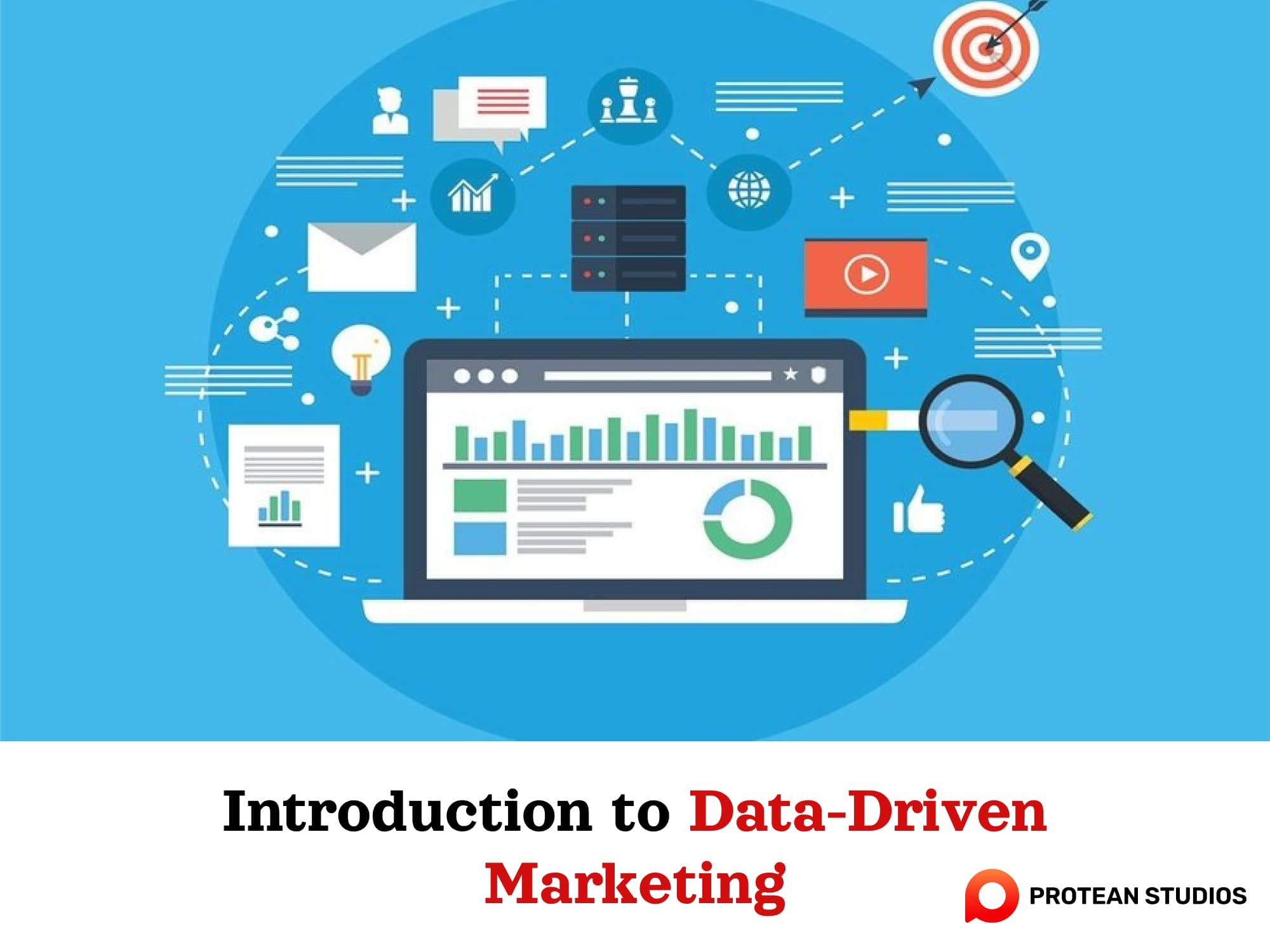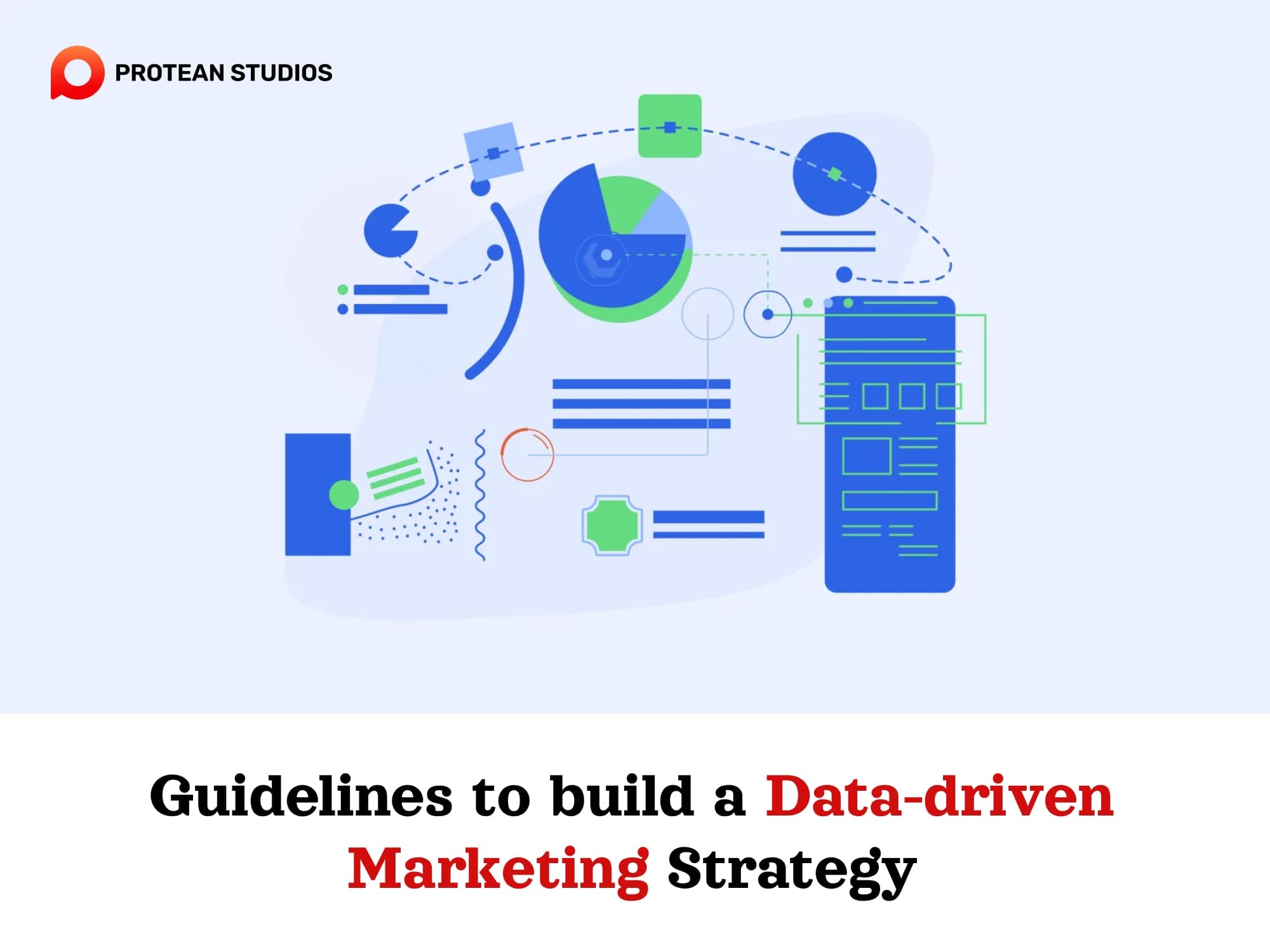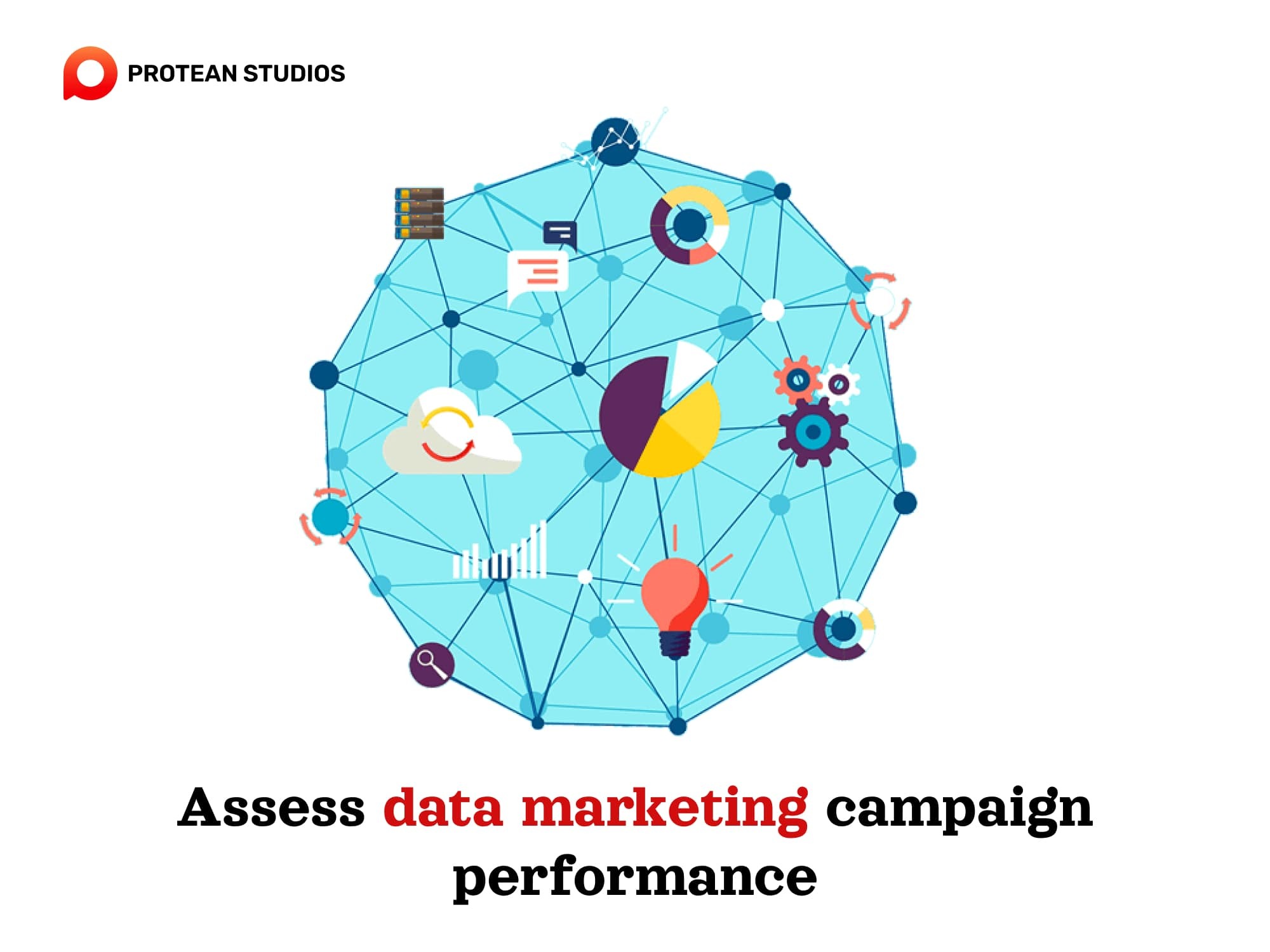In the digital technology era, when consumer behavior is very diverse, data-driven is the most optimal method of accessing information that businesses use at the present time. Through data-driven marketing, businesses will follow the customer journey, build appropriate strategies to help increase revenue, and make accurate decisions.
Introduction to Data-Driven Marketing
Data-driven marketing involves using data obtained from customer interactions and third-party sources. The goal is to gain insight into customer motivations, preferences, and behaviors. Data-driven insights empower organizations to enhance and personalize the customer experience, enabling smarter decision-making and aiming to improve marketing performance and ROI.

By analyzing the data, marketers uncover valuable insights about their target audience,preferences, and behavior. These insights help them understand what works and what doesn't. Next, they can use the insights to personalize their marketing campaigns and messages to resonate better with individual customers.
Learn more: Exploring Data-Driven Marketing
How are the workings of data-driven marketing?
Data-driven marketing is a powerful approach that involves collecting, processing, and analyzing data to create and execute effective marketing strategies. It works by merging the consumer data amassed. These will be collected from the marketer's brand with insights from third-party sources. Then, provide supplementary details about their customers' lifestyles, interests, and behaviors, along with staying attuned to consumer trends.
Thus, they will have the comprehensive information required to tailor the ideal campaign for reaching their target audience.
Guidelines to build a data-driven marketing strategy
This marketing strategy is the process of using data to optimize and improve marketing campaigns. Data can help businesses understand their target audience, personalize their messages, measure their results, and optimize their active strategy. Below, we will provide a guideline for building a data-driven marketing strategy in four steps.

1. Establish precise objectives
Before you start collecting and analyzing data, you need to define what you want to achieve with your marketing campaigns. Well-defined and measurable marketing objectives assist teams in staying focused and making informed decisions to optimize their campaigns. This approach also ensures effective resource allocation, with campaigns tailored to specific goals.
Each of these endeavors can be enhanced through the use of data. For instance, data can reveal how customers are engaging with your brand, enabling you to optimize those channels. It can also guide geo-proximity targeting, aiding in driving foot traffic to your event.
2. Collect data to make informed decisions
The next step is to collect data from various sources that can help you understand your market, customers, and competitors. You can use primary data (such as surveys, interviews, or feedback) or secondary data (such as reports, studies, or online tools). These are to gather information about your industry, your target segments, your customer behavior, and your competitive landscape. To know more about data analytic, you can learn more via this blog: Customer Data Platform (CDP)
Thus, consider which information will shape your strategy and contribute to achieving your predefined objectives. Next, determine the method of accessing that data, whether through:
Internal data collection: Internal data encompasses the information that a company gathers and maintains about its customers and operations. Whether obtained through social media engagement, email list subscriptions, or making transactions, this data is valuable for understanding customer interactions with your brand.
External data collection: Engaging in third-party data collection fills in information gaps about the target audience and offers insights into their interests beyond your business scope.
Besides, you can also use data from your own marketing channels, such as your website, social media, email, or ads, to track and check your performance.
3. Analyze and implement your data
Once you have collected enough data, you need to analyze it and extract meaningful insights that can inform marketing decisions. Based on your analysis, you can then make changes or improvements to the data-driven marketing strategy, such as creating new campaigns, testing different variables, or adjusting your budget or resources.
During this stage, marketers can consider using A/B testing to create the best marketing campaigns. A/B testing means making two versions of a campaign, changing one thing in the second version, and seeing which version gets more engagement. For example, you could try different subject lines, call-to-action buttons, or images in an email campaign. Then, figure out which approach works better and improve the campaign based on that.
4. Assess campaign performance
The final step is to check the results of your data-driven marketing strategy and measure its impact on your objectives. Marketers can use tools such as dashboards, reports, or analytics platforms to track and visualize your KPIs and metrics.

To know campaign performance, you can base it on some data marketing metrics like:
Conversion Rate: The proportion of leads that perform the desired action, such as making a sale or submitting a form.
Cost per acquisition (CPA): The amount spent on creating a campaign to get a new customer.
Engagement Rate: The degree of interaction or engagement that users exhibit with the campaign, including likes, shares, or comments.
You should also compare your results with your benchmarks or industry standards to assess how well you are performing against your competitors or best practices. Finally, use the feedback and learnings from your data analysis to refine and optimize your strategy for future campaigns.
=>> Other Article: Understanding Data Management Platforms (DMPs)
Start with your journey into data-driven marketing
Data-driven marketing is the key to success in modern marketing. It helps marketers make smart decisions, reach the right audience, and improve campaign performance. Follow the tips in this guide and connect with our expert team to unlock the power of data marketing. Stay ahead in today's changing landscape by putting these principles into action.
------------------------------------------------------------
At Protean Studios, we understand the significance of leveraging data to drive results. Whether you're a seasoned marketer or beginning your foray into data-driven strategies, we can help you build good software to implement data marketing.
We will become a trusted partner in navigating the exciting world of data-driven marketing, empowering you to:
Uncover hidden insights through the platforms that we built: Gain a deeper understanding of your audience, their preferences, and their behaviors through comprehensive data analysis.
Craft targeted campaigns: Create personalized experiences that resonate with each audience segment, driving higher engagement and conversions.
Optimize for success: Our products can recommend and refine your goals based on data-driven insights, maximize your marketing ROI, and achieve business goals.
If you have an interest in data-driven marketing or want to have products related to DDM, contact us to learn more. Our consultants will share and help you reach your target.




